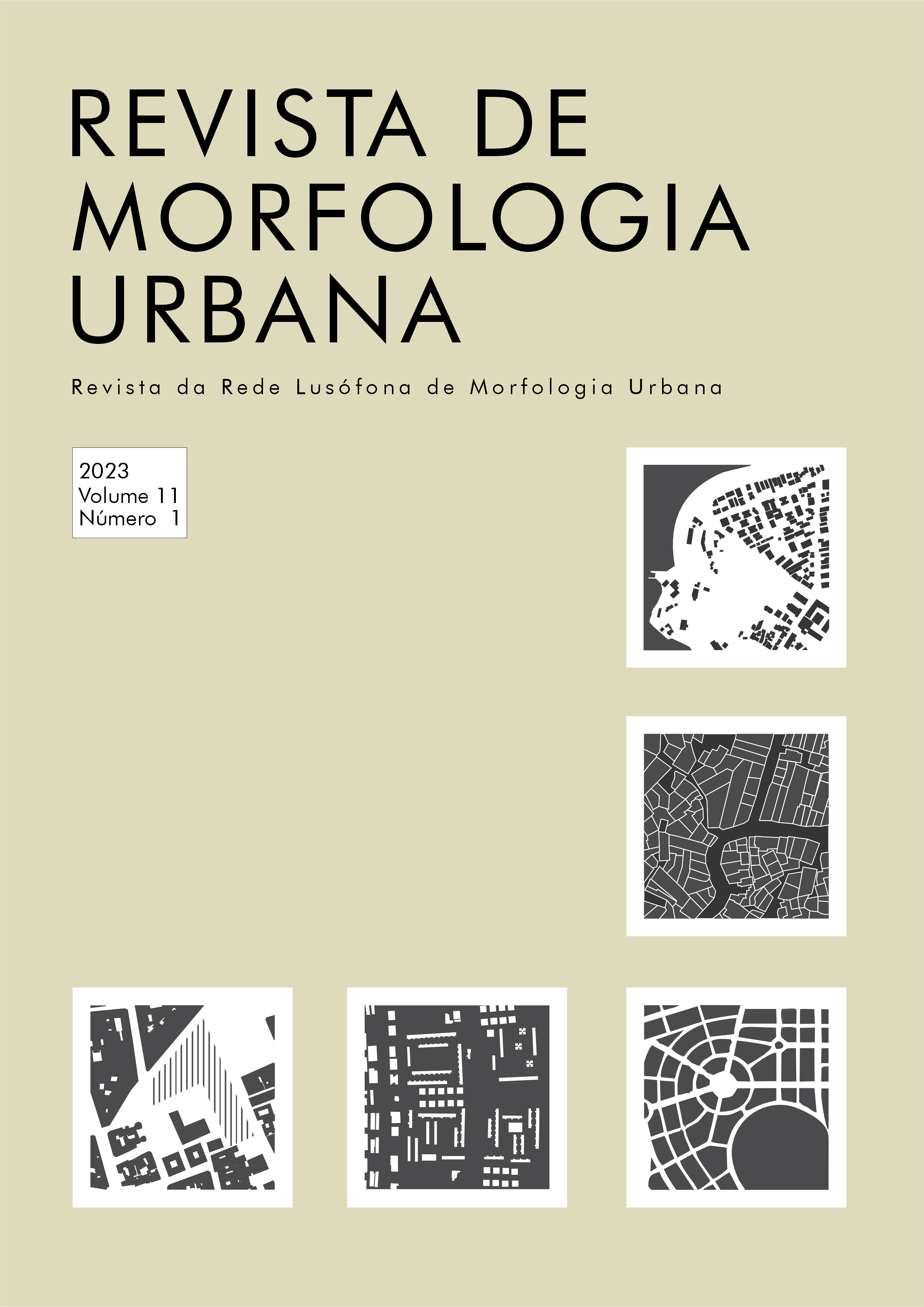Abstract
The trajectory of students shows what we should and how we can teach. This work is the result of an academic journey involved with sound forms; in scientific initiation participating in the research “Soundscape, memory and culture”, in extension activities and with the final project “Listening in Campo Grande – prospects for urban planning and urban projects from the analysis of the soundscape”. Research on sounds as cultural representations present in our landscapes is not common in Architecture and Urbanism schools, but sometimes they are present in other courses – music, communication and engineering. Urban sound issues are relevant and cannot be treated as a pollution problem, but as relevant cultural manifestations. That work unveils the urban landscapes of the Campo Grande neighborhood from the cultural landscape that is beaten, spoken, shouted and sung and seeks to understand, through the sounds, the appropriation of the suburban public space and it’s silenced problems, making a parallel between the form and sound, as well as proposing answers to such questions. A correlation was theoretically established between Norberg-Shulz's concept of “character” and Schafer's “sound events''. And, in practice, the soundscape was explored through hearing-guided drifts.
References
Abreu, M. (2006) “O Rio de Janeiro no século XIX: Da cidade Colonial à cidade capitalista”, em Abreu, M. (4ed) Evolução urbana do Rio de Janeiro (IPP / IPHAN,Rio de Janeiro) 36-69.
Câmara dos Vereadores do Rio de Janeiro, Vereador Alexandre Arraes 2017 Medidas para o combate eficaz à poluição sonora no Município do Rio de Janeiro - Lei orgânica: decreto n°43.372/2017.Câmara dos Vereadores do Rio de Janeiro, Rio de Janeiro.
Câmara dos Vereadores do Rio de Janeiro, Vereador Edmilson Dias 2001. Altera o regulamento n°15 aprovado pelo decreto n°1601 de junho de 1978, e alterado pelo decreto n° 5412 de 24 de outubro de 1985 .Câmara dos Vereadores do Rio de Janeiro, Rio de Janeiro.
Norberg-Schulz, C. (2013)"O Fenômeno do Lugar". em Nesbit, K. (1ed) Uma nova agenda para a arquitetura; uma antologia teórica 1993-2009(Cosac Naify,São Paulo) 443-461.
Rego,A. Q. Vasconcellos, V.M.N. Triches J. (2014) “Orla Carioca: Uma comparação entre paisagem sonora, paisagismo e cultura urbana” Anais do 12o ENEPEA - Formação acadêmica em paisagismo e políticas públicas em prol da paisagem. Vitória: UFES. 830-838. https://a13baf16-8bc1-4f6b-83cd-3d571dfdd26e.filesusr.com/ugd/2ba9bd_4255acf162864af1920e1eb4808344e4.pdf
Rego, A. (2012). “Copacabana, O Novo Rio: os sons do balneário longínquo (1905-1922) " Revista Interfaces-UFRJ (16), 83-104. https://revistas.ufrj.br/index.php/interfaces/issue/view/1340.
Almada, M. (1996) Rio Cidade: o urbanismo de volta às ruas. (Mauad, Rio de Janeiro).
Schafer, R. M.. (2 ed) (1994) The soundscape – our sonic environmental and tuning of the world. (Destiny Book, Rochester).
Southworth, M. F. (1967) The sonic environment of the cities. (Universidades de Minnesota, Minnesota).
Thibaud, J.P. (2012)“A cidade através dos sentidos”. Cadernos Proarq (18), 3-16. https://cadernos.proarq.fau.ufrj.br/pt/paginas/edicao/18.

This work is licensed under a Creative Commons Attribution 4.0 International License.
Copyright (c) 2023 Ingrid de Souza Soares, Andrea Queiroz Rego

